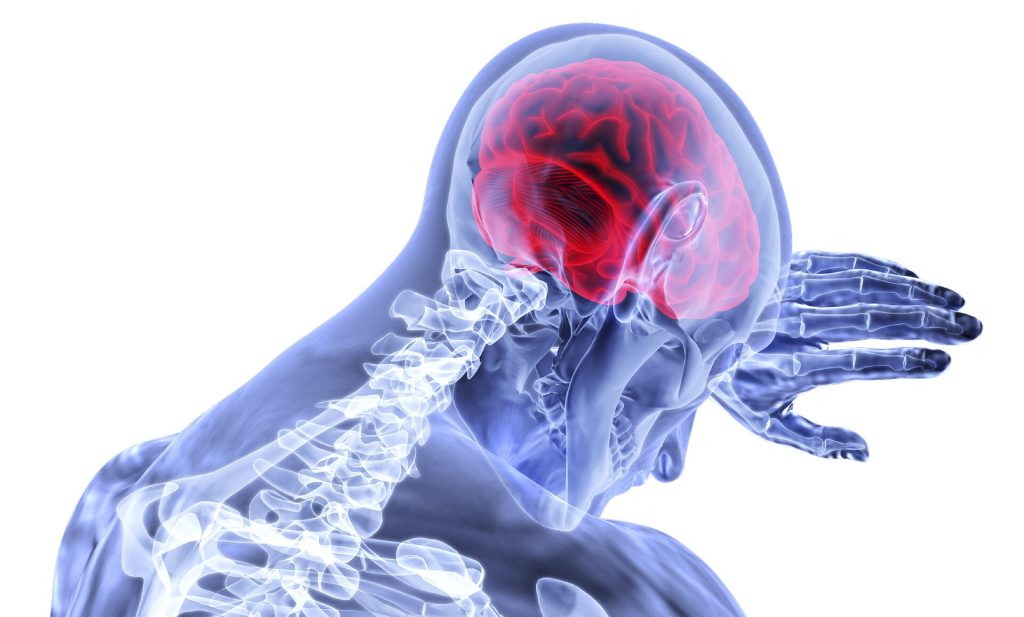Fathers’ Parental Leave may Protect against Hospitalisation for Alcohol Consumption

Fathers who have been on parental leave have a significantly reduced risk of being hospitalised due to alcohol consumption. This is shown by a study published in Addiction from researchers at the Department of Public Health Sciences, Stockholm University.
The aim of the study was to assess whether fathers’ parental leave influences alcohol-related morbidity and mortality. In order to try to find out if that is the case, the researchers have investigated the effects of parental leave policy that was implemented in Sweden in 1995. The policy encouraged fathers to use parental leave by reserving 30 days of leave for their use alone and resulted in the proportion of fathers using parental leave increasing from 43% to 75%.
“Our findings were pretty remarkable considering the severity of the studied outcome. Although alcohol-related hospitalizations were rather uncommon, we found that after the policy was implemented there was a 34% decrease in these hospitalizations among fathers in the two years after birth, as well as smaller decreases up to 8 and 18 years after birth,” says Helena Honkaniemi, researcher at the Department of Public Health Sciences, Stockholm University.
“Most changes were found among hospitalisations for alcohol intoxication and alcohol-related mental and behavioural disorders. Additional analyses evaluating actual changes in parental leave use from before to after the policy suggest that these health consequences could be explained by the increase in fathers’ parental leave use, rather than other underlying trends,” says Helena Honkaniemi.
However, no changes were found for alcohol-related mortality.
Co-author Associate Professor Sol Juárez believes that the results of the study could be useful for policymakers.
“Policymakers should consider that fathers’ parental leave not only promotes more gender-equal participation in childcare, but can also reduce alcohol-related harms,” Juárez says.
The study “Alcohol-related morbidity and mortality by fathers’ parental leave: A quasi-experimental study in Sweden” draws on Swedish register data of all fathers of singleton children born from January 1992 to December 1997, three years before and after the policy was implemented.
Source: Stockholm University





